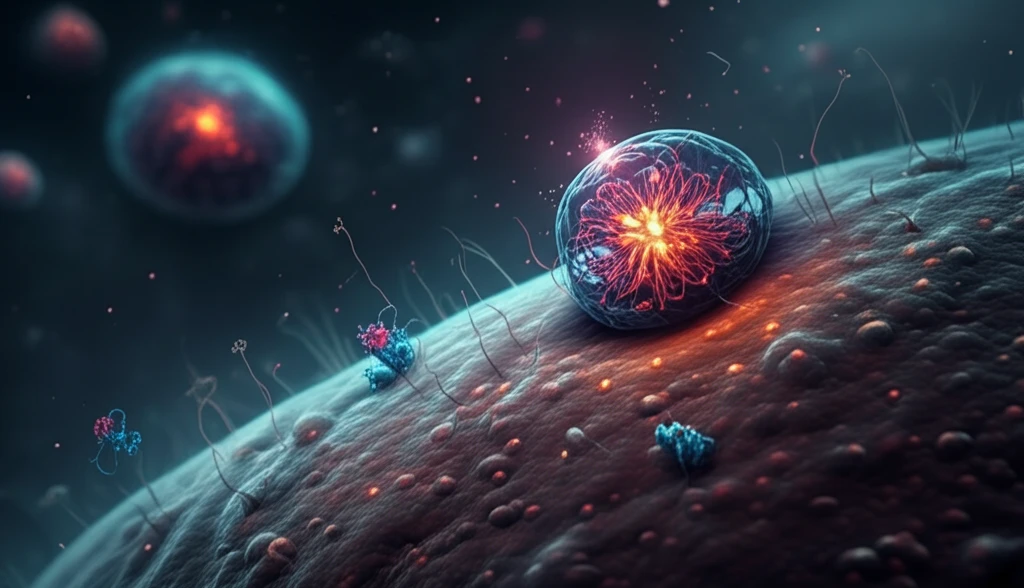
Unlock Your Metabolism: How Chromatin State and Transcription Factors Regulate Yeast for Better Health
"Delving into the secrets of yeast metabolism to understand cellular processes and their impact on human health"
Imagine tiny, bustling cities within our cells, each with its own rhythm and cycle. One such city is the Yeast Metabolic Cycle (YMC), a fundamental process in yeast where gene expression oscillates over time. Scientists have long been intrigued by the YMC because it offers a simplified model to study complex cellular behaviors, particularly those related to metabolism. Understanding the YMC can provide valuable insights into how cells manage energy, respond to their environment, and maintain overall health.
In recent years, researchers have focused on the intricate relationship between the YMC and chromatin, the structural component of chromosomes made of DNA and proteins. Chromatin state – whether it is tightly packed or loosely arranged – plays a crucial role in determining which genes are active and which are not. This dynamic interplay is further influenced by transcription factors, proteins that bind to DNA and regulate gene expression. While it's known that both chromatin state and transcription factors are involved in the YMC, the specifics of their interaction have remained a puzzle.
Now, a groundbreaking study has shed new light on this complex interplay. By integrating data on chromatin state (ChIP-seq) and gene expression (RNA-seq), researchers have developed a novel statistical approach to investigate transcriptional control during the YMC. This multi-omic integrative approach provides a more holistic view, uncovering key histone modifications and transcription factors that drive the metabolic cycle. The findings not only deepen our understanding of yeast metabolism but also offer potential implications for human health.
What Are Histone Modifications and Why Do They Matter?

Histones are proteins around which DNA is wrapped to form chromatin. Histone modifications are chemical tags that attach to histones, influencing chromatin structure and gene expression. These modifications can either activate or repress gene activity, acting as a switch that determines which genes are transcribed.
- Acetylation: Adding an acetyl group (COCH3) typically loosens chromatin, promoting gene expression.
- Methylation: Adding a methyl group (CH3) can either tighten or loosen chromatin, depending on the location and number of methyl groups.
- Phosphorylation: Adding a phosphate group (PO4) can also influence chromatin structure and gene expression.
The Future of Metabolic Research: From Yeast to Human Health
This integrative approach offers a powerful framework for unraveling the complexities of metabolic regulation. While this study focused on yeast, the principles and methodologies can be applied to other organisms, including humans. By understanding how chromatin state and transcription factors interact to regulate metabolism, researchers can gain insights into metabolic disorders such as diabetes, obesity, and cancer. This knowledge could pave the way for new therapeutic strategies that target specific histone modifications or transcription factors to restore metabolic balance and improve overall health.
